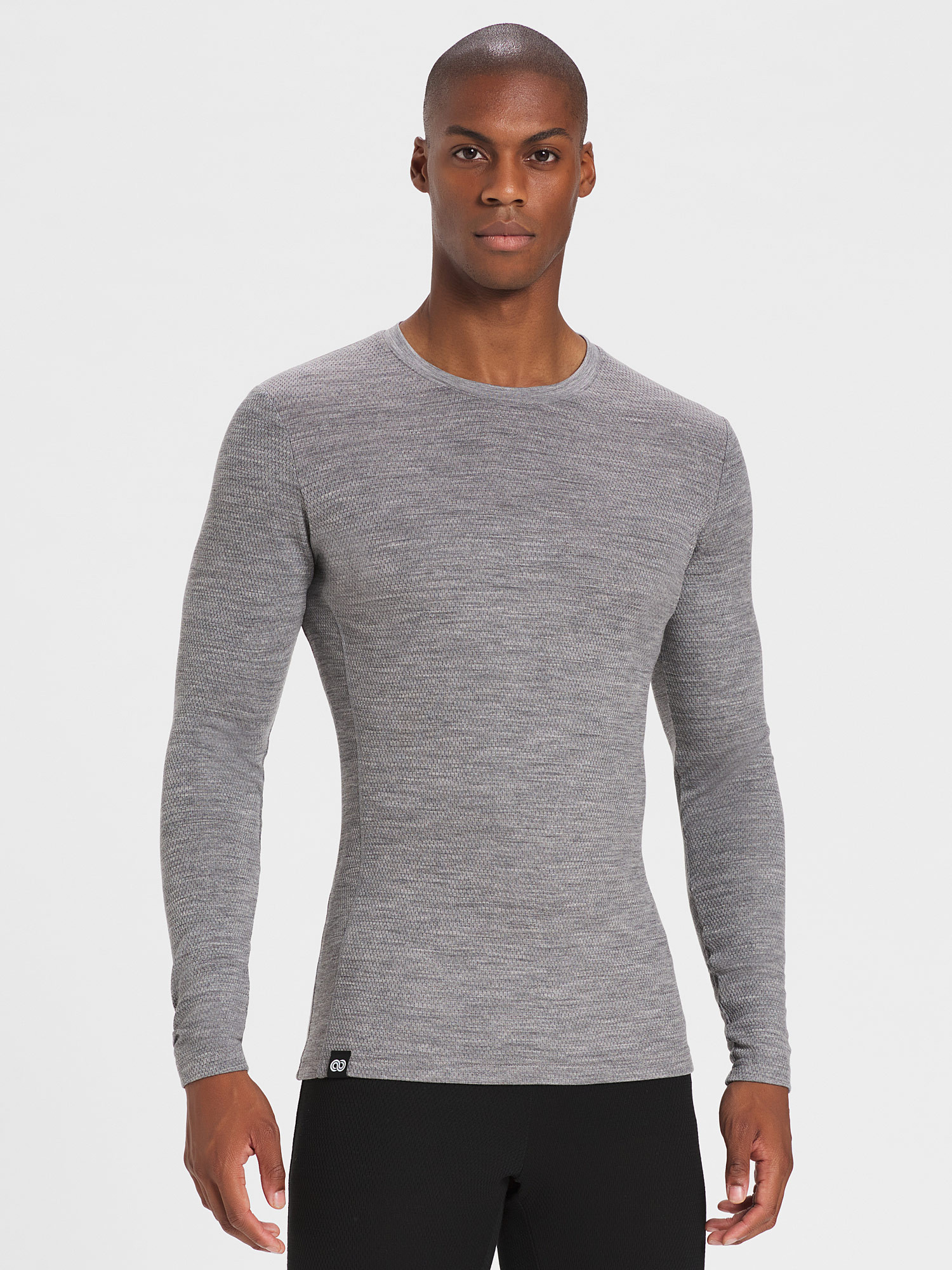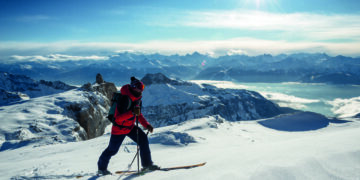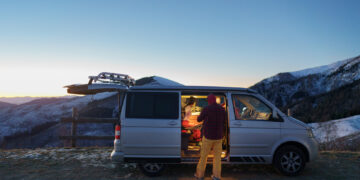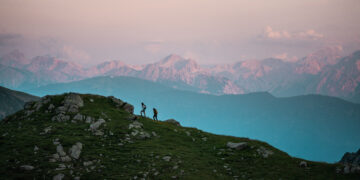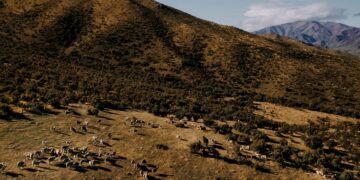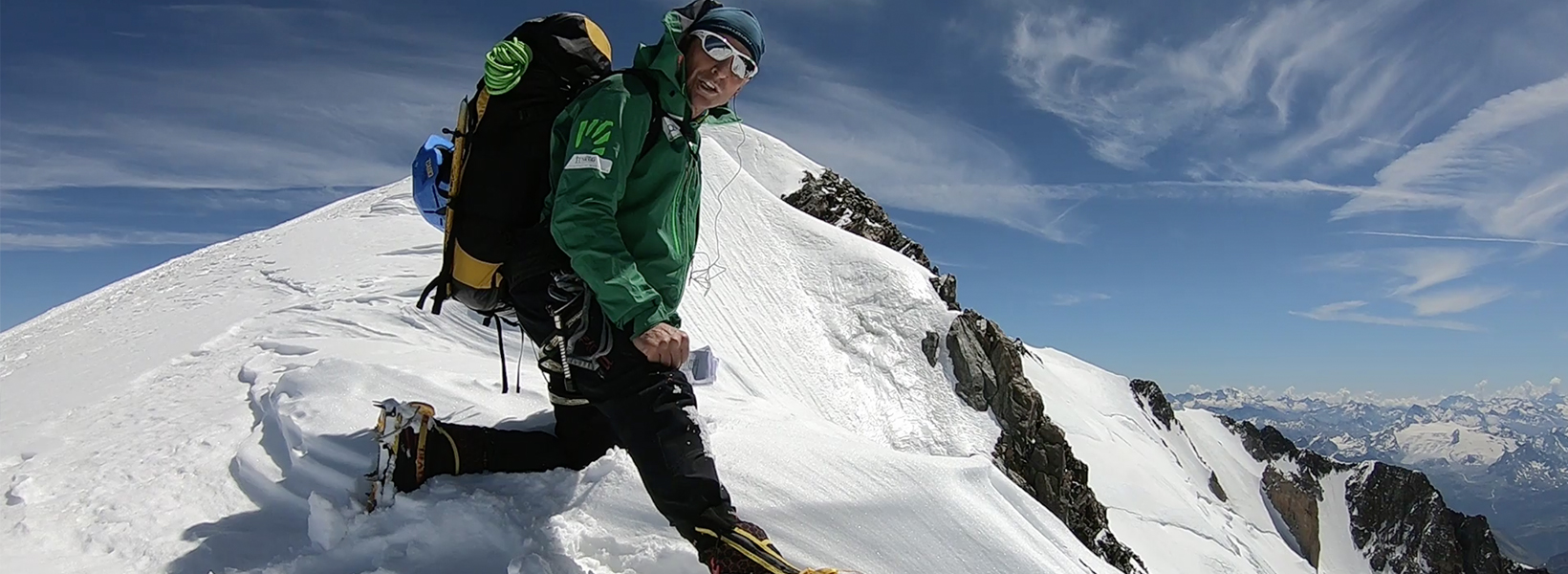Edmond Joyeusaz, extreme skier and mountain guide, talks about himself.

Extreme climbs
and descents:
how did this
passion
come about?

I started skiing at the age of five, and I have practiced it at a competitive level since the age of 26. For two years, I had the best FISI score in the Italian special slalom ranking, in 1979 and 1980. In 1984, I won the Italian Cup. This opened the doors of the National Team with which I participated in the European Cup. The following year, an injury led me to abandon competitions, despite still being among the best 100 skiers in the world in the special and giant slalom rankings. During my free time from ski training, I used every moment to climb. In 1987, I became a mountain guide and began to get interested in mountaineering expeditions in the Himalayas. Their main purpose was the descent on skis from the top or along virgin routes. In the meantime, I continued to work as a Federal Alpine Skiing coach. Having abandoned my competitive activity and as a Federal Alpine ski coach, I was able to dedicate myself more continuously to this great passion.
What has been your biggest achievement so far? What accomplishments are you most proud of?
The first ski descent of Shisha Pangma at 8,027m, the lowest of the 14 8000m peaks (in Tibet, within the Himalayan range – editor's note), which no one else has repeated since, is an important milestone in a magical place. The descent last spring from the top of Mont Blanc on the "Poire" is certainly the most difficult I have achieved in an extreme context with great objective dangers. All the strongest extreme skiers have tried their hand on that side of Mont Blanc (Brenva), having left a track myself makes me particularly proud.

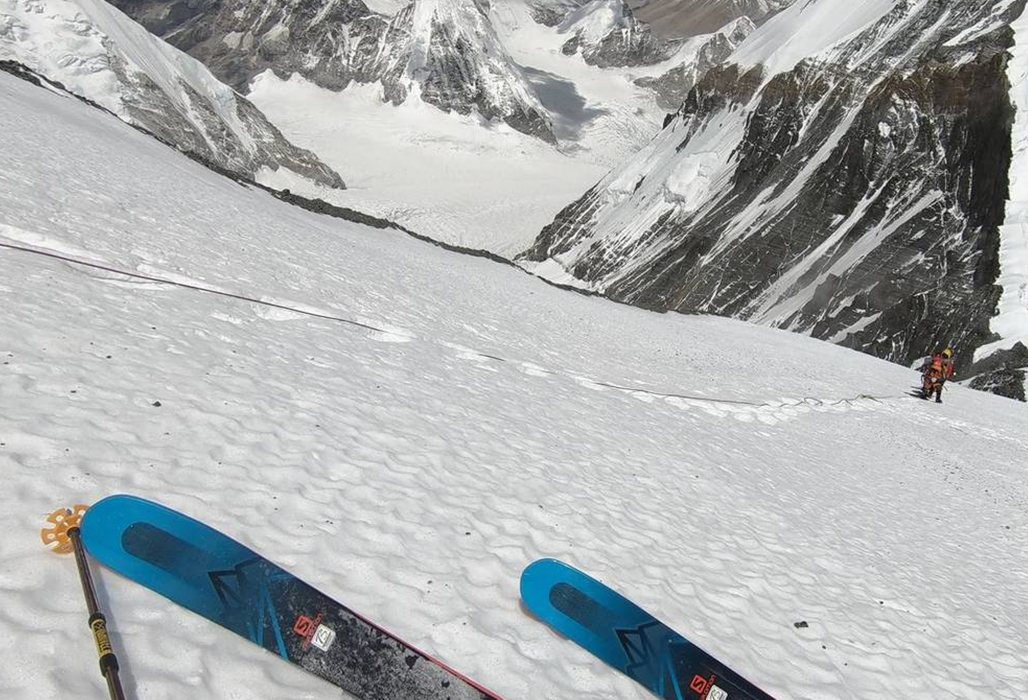
Where
do you find
the
motivation?

The idea of drawing an itinerary on a virgin face gives me great enjoyment. I spend most of the year planning new descents, considering the months left until spring, which is the ideal time for descents. When it arrives, the hope that disturbances will arrive from the south and that it will snow at high altitude is almost uncontrollable. I am still very stimulated by new goals, even if in a few years I will have to deal with advancing age.

Have you ever been afraid during one of your adventures?
During my descents, I am never afraid. My concentration is very high, and I never have hesitations about how to deal with the technical problems I encounter. Experience is essential, along with technical preparation. For this type of project, nothing must be left to chance. The descent must be planned in detail. In the preceding days, I am usually a bit anxious. I have to evaluate all the problems that may arise. The concern lies precisely in understanding if I have really thought of everything.

Are there any descents within everyone's reach among those you offer as a guide?
I usually accompany some friends and clients on extreme ski itineraries; but there are not many who can try their hand on such slopes. They are young, all ski instructors, but in any case have no experience in the high mountains and require my expertise. It is a specialty that is approached gradually. Naturally, there are descents for beginners, but excellent skiing technique is still required.
Do you have any suggestions for those who decide to go with you?
As for any sport, but especially for extreme skiing, a didactic progression is necessary; unfortunately, it often happens that some young people lose their lives on this type of descent due to their lack of preparation.
How do you prepare for an adventure like the descent from La Poire? What type of training (and diet) does such an undertaking need and for how long do you prepare for it?
This year, it has been very difficult to train properly. The lockdown has greatly limited my training. Unfortunately, when the mountain conditions were good enough to attempt the descent, my physical training was poor, so I had to make up for it with experience. Although usually the physical preparation lasts a few months, the technique on skis does not worry me; after a few turns, I quickly resume my automatic movements. I must say that the descent from the “Poire” from this point of view helped me. The first part was not very steep, so this allowed me to reach the steep part with a good warm-up. Diet is the most difficult thing for me. I love to eat, and during the winter, since I do few ascents and many descents, I tend to gain a few pounds.


Tell us
about y
our day
in detail.
What do you eat for breakfast before a descent? And afterward, once you have completed the challenge, how do you celebrate?
My day starts with a breakfast of tea and jam with some slices of toast. I often eat fruit and drink a glass of juice. Breakfast is a ritual and I spend it very calmly, usually while watching the morning news. I hate doing things in a hurry. Once I get up, it takes an hour and a half for me to get out of the house. When I face a demanding descent, the procedure is the same. I don’t change my habits. After that, I usually go out for dinner with my wife and friends who supported me on the project. I like to share the joy of success with them.
How do you dress during a trip to Everest like the one you embarked on in 2019 accompanied by Rewoolution garments?
Tackling an 8000-meter mountain requires great physical and technical preparation: every aspect must be taken care of, especially clothing, given the hostile environment in which you move. In 2019, I was enormously satisfied with my collaboration with Rewoolution. At the time, I still did not know this company and its products. The garments supplied to us have fully met our expectations: they are breathable, light and warm even in the most extreme situations, including wind and temperatures of tens of degrees below zero.
